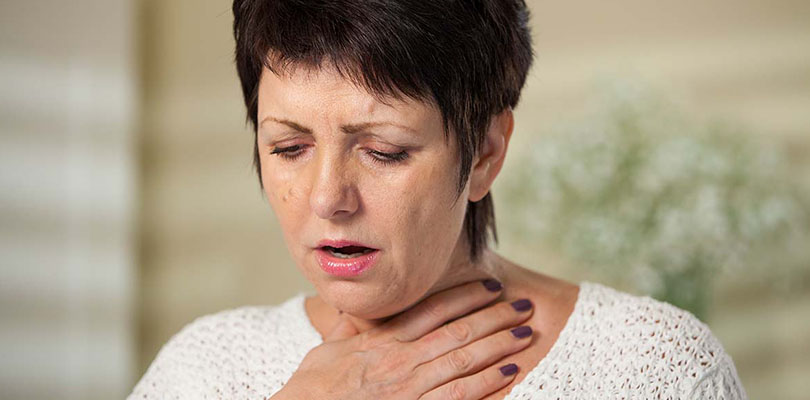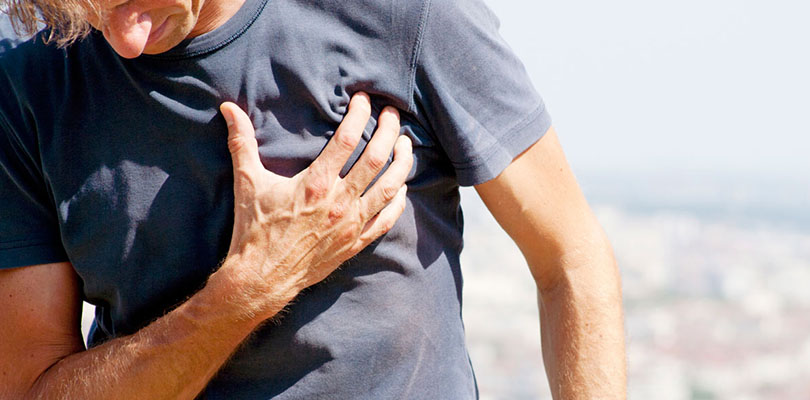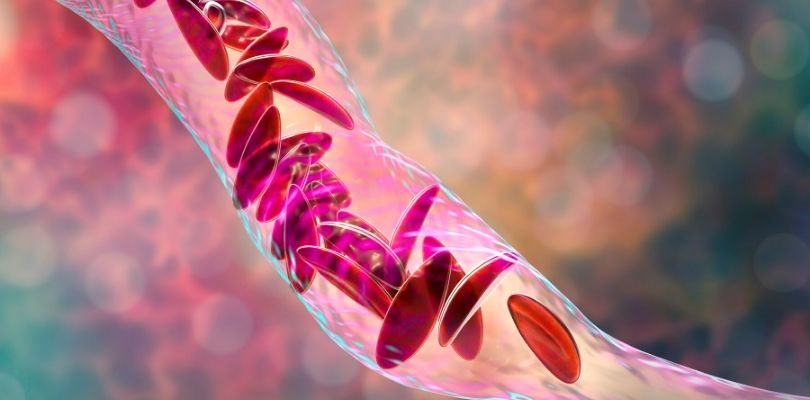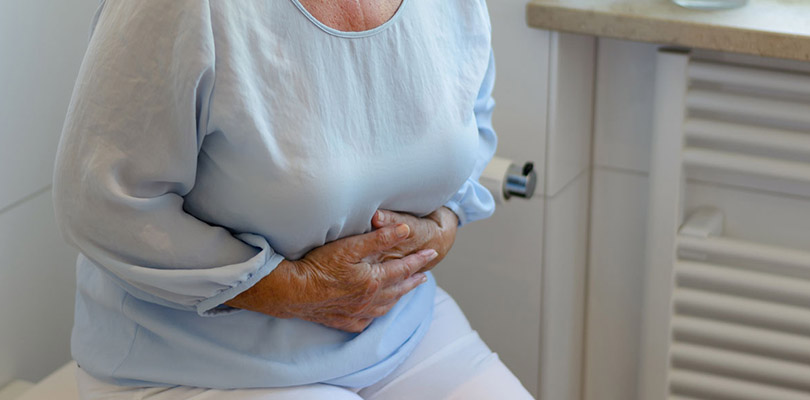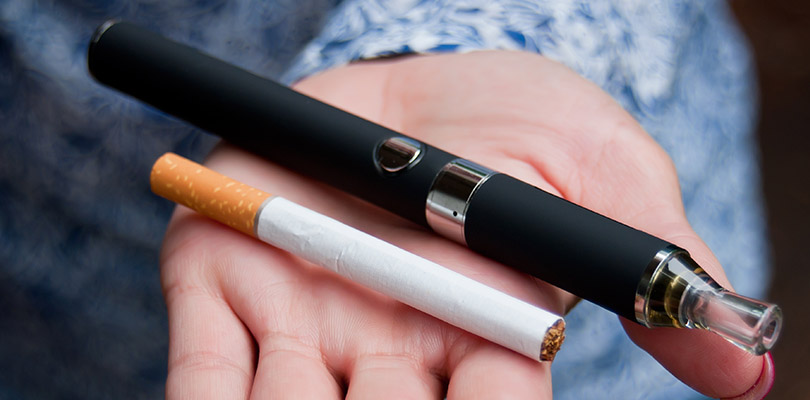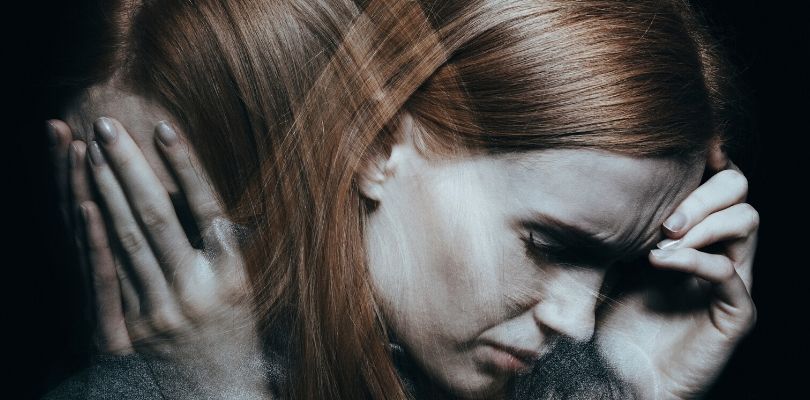Shortness of Breath
Most of us don’t think about our breathing until it becomes difficult or we become breathless.
Shortness of breath can be associated with a variety of conditions from asthma to heart disease. Regardless of the cause, shortness of breath can be frightening and leave you feeling out of control. But understanding more about this common symptom can help you learn to manage it effectively.
What Is Shortness of Breath?
The medical term for shortness of breath is dyspnea. It is a subjective assessment of feeling unable to get enough air into the lungs.
Some people have described it as a feeling of suffocating, chest tightness, or air hunger. Shortness of breath can be frequent or only occur on occasion. If it is chronic, it can interfere with a person’s quality of life.
What Causes Shortness of Breath?
Shortness of breath is a very common symptom of a wide variety of diseases and conditions including the following:
- Asthma: Asthma causes inflammation and narrowing of the airways. During an asthma attack, shortness of breath is a common symptom.
- COPD: COPD is a type of progressive lung disease. Dyspnea often comes and goes for people with COPD. But even mild exertion, such as taking a shower or walking across the room, can lead to breathlessness.
- Heart conditions: Different heart conditions can cause shortness of breath. One of the most common causes is heart failure. Heart failure occurs when the heart cannot pump blood throughout the body efficiently. Some people with heart failure become short of breath on exertion or when lying down. As the condition progresses, breathlessness may occur even at rest.
- Anxiety: People with anxiety can hyperventilate and experience shortness of breath. For example, during a panic attack, it’s common to feel as if you cannot catch your breath.
- Pneumonia: Pneumonia is an infection of the lungs that causes the alveoli to become inflamed. Due to the inflammation, dyspnea is a common symptom.
- Obesity: Obesity can interfere with the normal expansion of the lungs, which may lead to breathlessness. This is especially true if someone carries a lot of extra weight in the abdominal area. The extra weight pushes on the diaphragm and chest wall, which can make it harder to take a deep breath and fill the lungs with air.
Symptoms Associated With Shortness of Breath
It’s common for additional symptoms to occur with dyspnea. The symptoms associated may vary depending on the underlying cause of shortness of breath. Typical associated symptoms include:
- Chest tightness
- Anxiety
- Wheezing
- Dizziness
- Fear
If you're experiencing sudden chest pain, it's best to know the signs of a heart attack so you can act quickly to save your life.
Management of Shortness of Breath
Shortness of breath can usually be managed. Typically, the first step is to identify the cause. Treating the underlying problem may resolve or decreases breathlessness.
For example, if the fluid in the lungs due to heart failure is causing dyspnea, draining the fluid and treating the heart condition may help.
Additional ways to manage shortness of breath include:
- Try deep breathing exercises: Deep breathing exercises, such as diaphragmatic breathing and pursed-lip breathing, can reduce feelings of breathlessness. These techniques can be helpful regardless of the cause of shortness of breath.
- Use an inhaled bronchodilator: Since many cases of shortness of breath are due to respiratory diseases, such as COPD, using a fast-acting bronchodilator may help. Bronchodilators work by relaxing the muscles of the airway resulting in dilation, which can make breathing easier.
- Stop smoking: Most people realize that smoking damages the lungs. But smokers are also at an increased risk of complications from respiratory infections and may experience symptoms that last longer. If you smoke, try to quit. Talk to your healthcare provider about options to help you stop smoking.
- Learn ways to conserve energy: If you have a chronic lung disease, such as pulmonary fibrosis or COPD, you might experience shortness of breath frequently. Conserving energy may decrease dyspnea. There are several ways to conserve energy when performing everyday activities, such as pacing yourself, taking frequent rest breaks and simplifying tasks.
- Change sleep position: People that have heart failure or COPD may find sleeping laying down increases feelings of breathlessness. Sleeping with a few pillows under your head to prop yourself up may decrease shortness of breath.
How to Tell if Shortness of Breath is from Anxiety
When you are experiencing shortness of breath, it can be difficult to determine if it is due to a medical condition or anxiety. Usually, when someone has shortness of breath due to anxiety, they may have a feeling of dread or nervousness. Feelings of lightheadedness may also occur.
The symptoms that occur along with shortness of breath may help you identify if the breathlessness is due to anxiety or something else. For example, if coughing and wheezing are also present, dyspnea might be due to a respiratory condition.
It’s also helpful to consider what you were doing just before the shortness of breath started. For instance, if you were physically exerting yourself, shortness of breath may not be due to anxiety.
Remember, it’s also best to err on the side of caution. If you are having breathing problems including shortness of breath, consider seeing your doctor to determine the cause.
